
Technology is becoming more and more engrained within our lives, makings things simpler and more accessible from wherever we happen to be. We can order our favourite things at a push of a button, watch endless catalogues of content, and play games with people halfway across the world.
Some things within the digital sphere can almost seem like magic with how they function, but it simply comes down to smart coding working away in the background to make all these things possible (with a little help from data and automation). While coding may have been a niche subject a few decades ago, it has become an essential topic for younger learners to grapple with as part of their school education.
The children of today will become the tech pioneers of the future. By introducing them to coding early on in their education, kids can get stuck into learning coding languages at a critical point in their development. With the right resources, coding can be as simple as riding a bike or learning how to play a new game.
In this guide, we’ll be covering a number of topics relevant to teachers who are looking to bring coding into the classroom, including:
By the end, you should have a firm idea of how coding can benefit kids in their early years at school to allow their skills to flourish, as well as how best to approach the subject when introducing it within a classroom environment.
Why teach coding?
Although coding has historically been seen as just for “techies”, there’s more wide-spread appeal to learning programming than ever before.
Previously, learning to code meant studying from textbooks or simply diving in with trial and error. This meant that it was seen as an intense subject reserve solely for kids or teenagers who wanted to work with computers one day.
Fast forward to the present day, where computers have evolved significantly in the last 20 years – from big, boxy desktops to smartphones and wearable tech that are more powerful than the computers that put a man on the moon.
Not only has technology become more accessible to people around the world, but the applications of technology have advanced significantly – as have the learning resources. There are free courses online with in-depth tutorials, as well as simple programming languages like Scratch and MakeCode designed to get kids going with coding.
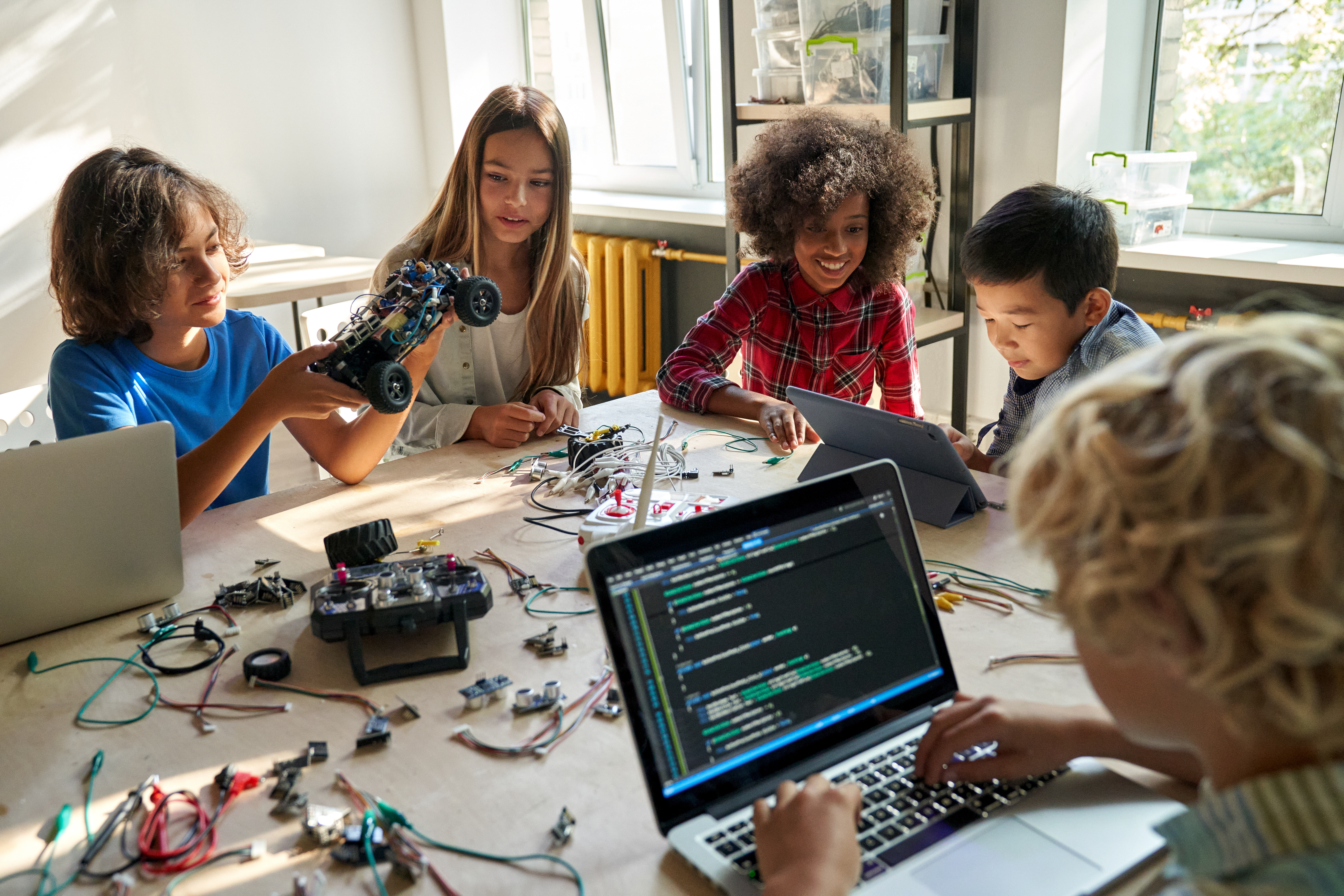
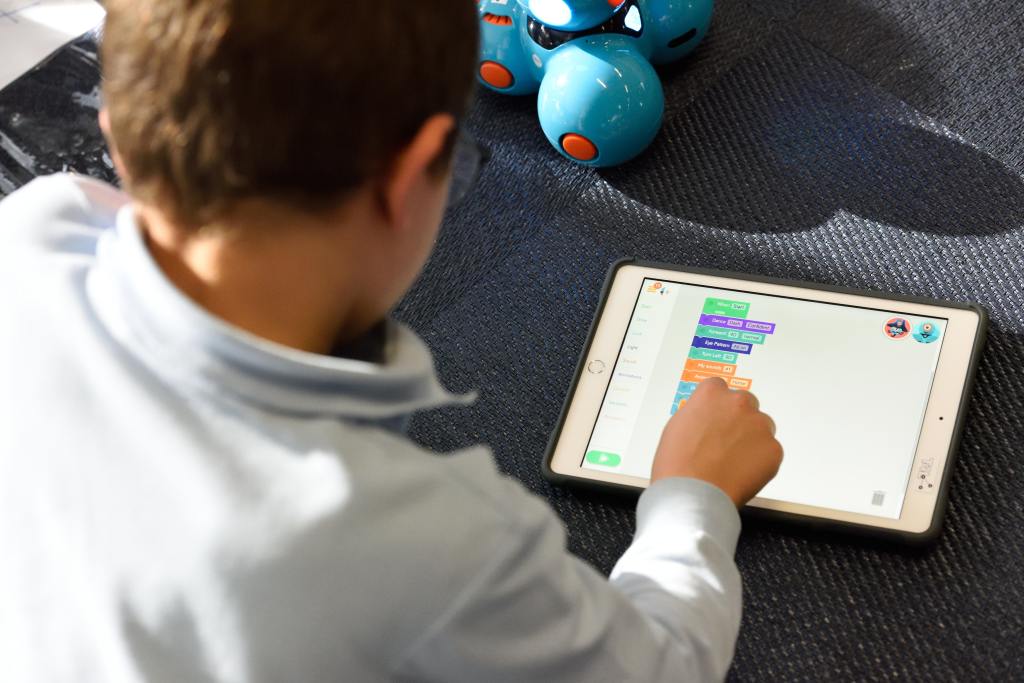
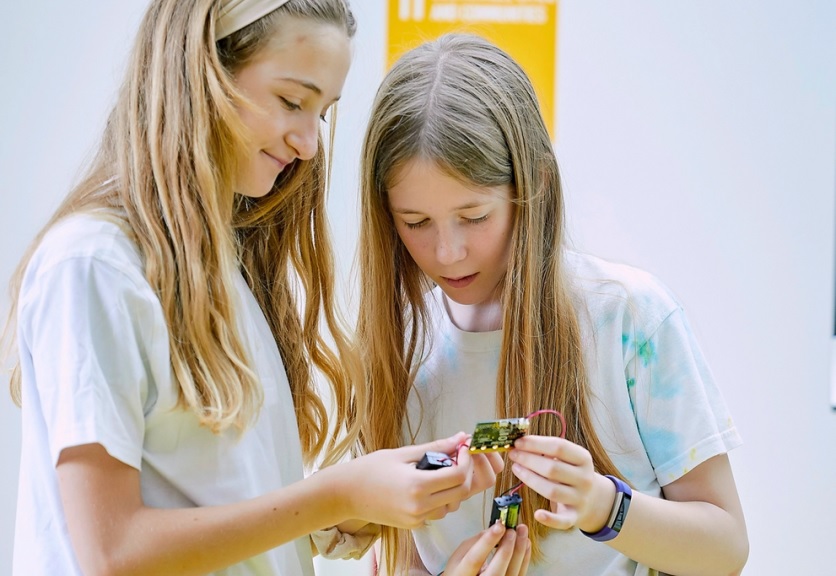
These teach students how to be digital creators, who can then go on to create their own websites, apps and programs – whatever their imagination comes up with. It enables them to wield the full power of the internet and multimedia so they can share their ideas, talents and creativity with the world.
Giving pupils the tools to unleash their potential in new ways is incredibly powerful and can help them to realise new hobbies and interests they may not have considered before.
Is coding relevant to non-STEM subjects?
Coding isn’t just for future coders or those who are naturally geared towards tech. There are valuable transferable skills that come through learning to code.
When looking at what is coding for kids going to teach outside of programming and computing, the primary transferable skills can include:
- Problem-solving: Coding involves coming up with answers to various challenges.
- Critical thinking: To come up with creative programming solutions.
- Persistence: Coding problems are not always easily solved.
- Backward planning: You need to understand the desired result to work out the coding requirements.
- Processing skills: Coding is a lot like learning another language.
While these are some of the main thinking skills linked to coding as a subject, there are other things that students can also pick up along the way, such as patience and determination. The value of learning coding cannot be understated because of these, as they can really help students in all areas of their learning.
There are valuable transferable skills that come through learning to code.
Teachers can suggest coding within project-based learning, encouraging students to use their programming skills to demonstrate their knowledge within other subjects:
- Creating a webpage to showcase their knowledge of a particular book in English.
- Performing science experiments using coded micro-computers like micro:bit.
- Making an interactive timeline for history with key historical events
Coding projects not only have the potential to make STEM subject areas more interactive and creative but there are great opportunities for cross-disciplinary learning. This can show students how you can use skills learned in one subject and apply them to enhance another.
What age should students be encouraged to learn to code?
There isn’t any set age at which students should learn coding – the wide variety of resources available online means that anyone of any age can learn to code!
That being said, there is a critical period at which children have the best chance to acquire new skills. Language-learning is especially relevant here as programming language share similarities to learning grammar for a foreign language.
The wide variety of resources available online means that anyone of any age can learn to code!
Around age 7 is when students are within this critical period of development. This is when many believe children have the best chances of successfully learning to code. This is due to the way that 7-year-olds’ minds take on new information, as they could pick up elements of coding more effectively than other periods within their school journey.
This coincides with being in around Year 2 or Year 3 – which is also the transition between Key Stage 1 (KS1) and Key Stage 2 (KS2).


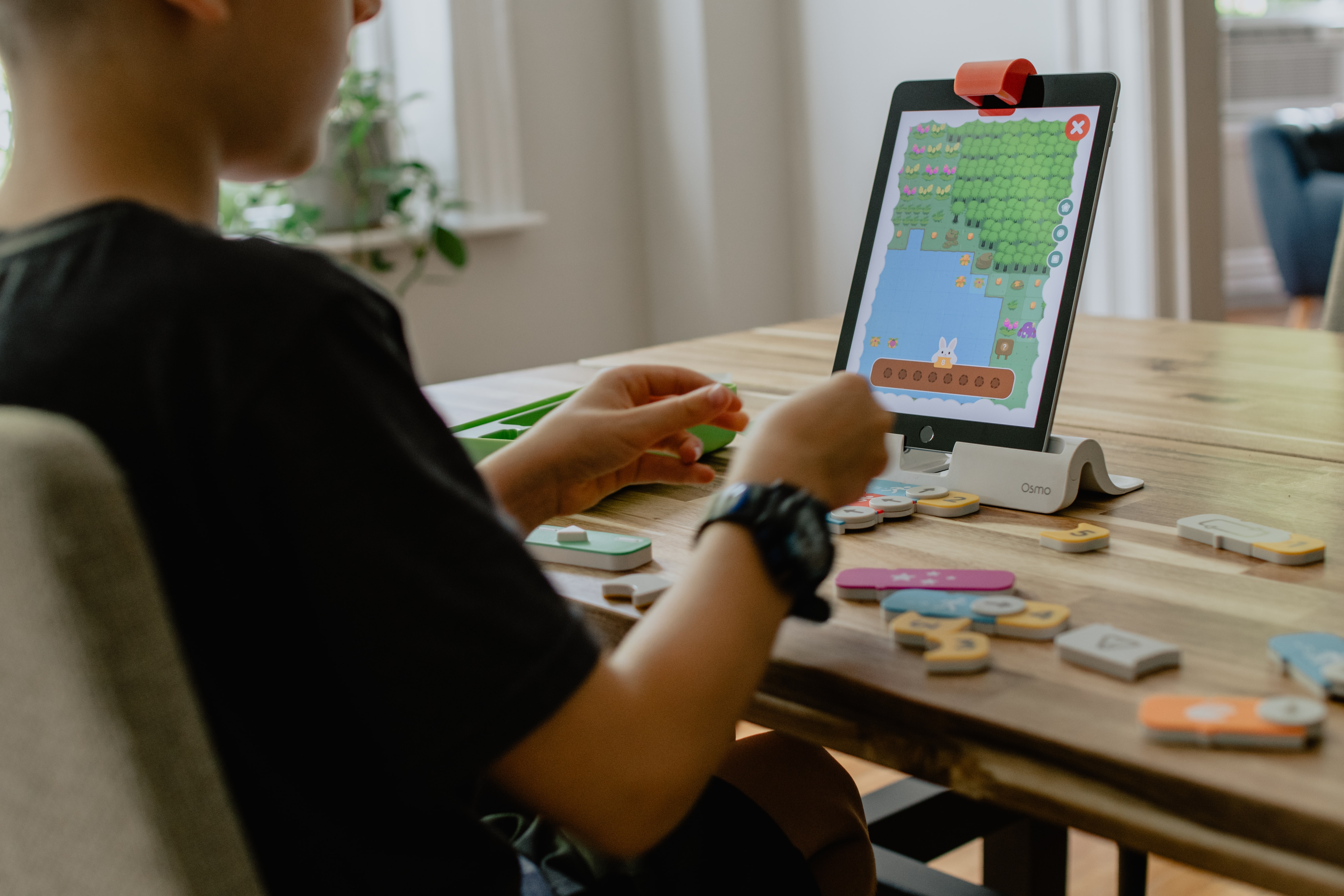
However, there isn’t any reason that coding can’t be brought into education at an earlier point. Children aged 5 could be interested in coding, provided it is fun and engaging. They may also need more assistance from teaching staff in order to fully grasp some areas of programming.
Long-term benefits of coding in early stages
Similar to learning languages early during development, coding during late KS1 or early KS2 can potentially help students to learn future skills.
By starting to learn coding during primary school, students may become more proficient earlier in their education. This can allow them to pursue more difficult coding languages used widely within the industry. Coding for secondary school students can build on their established coding skills and teach them new programming language or techniques they can take forward to a career.
This can also transfer over to learning French, Spanish, German, or any other language which may be part of the school syllabus. The inverse can also be true, as those who are skilled at learning languages could also excel at picking up coding as a pseudo-language.
How do I get started teaching coding?
Decided that coding classes are something that you’d want to take on for your school? Fantastic!
The next step is looking at how to teach coding for kids and how to set up your learning environment for success.
Keeping these points in mind when pulling together your plans to bring coding to the classroom will help keep students engaged and your workload manageable. Bringing in extra-curricular classes or integrating a new element into established subjects can be tricky enough without also making things more difficult for yourself.

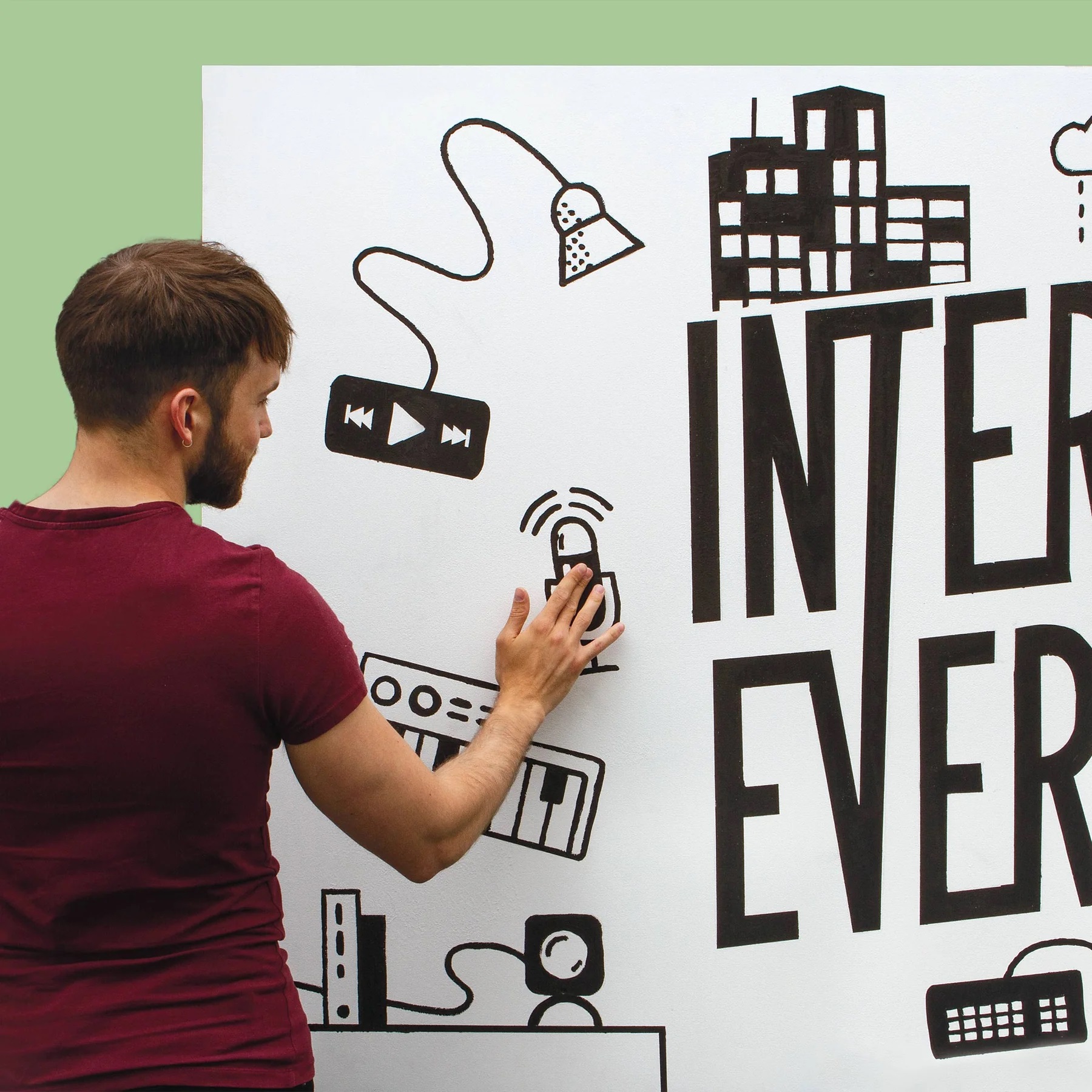
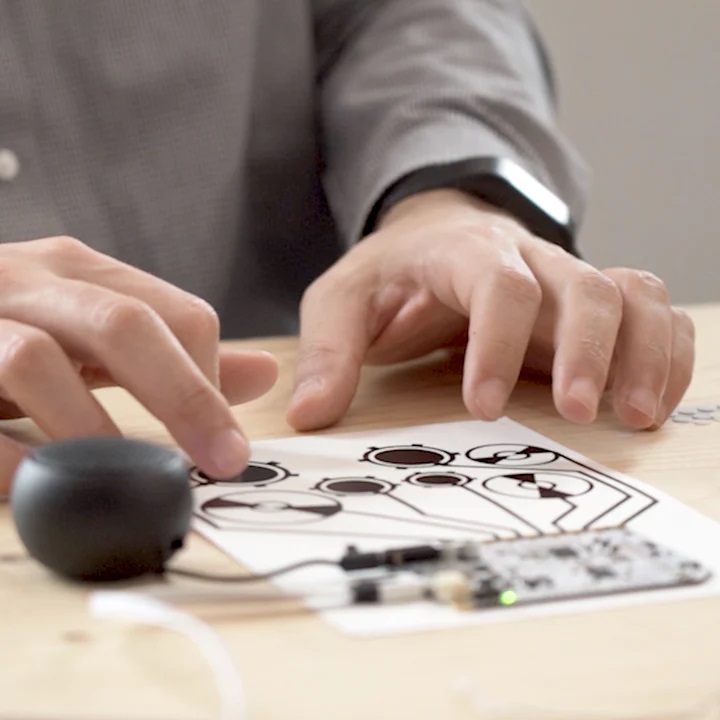
Limiting class size
As with any new subject or class, it’s helpful in the beginning to limit the number of students in the class to a manageable size. This will help you to give each student the support they need and avoid overstretching your time or resources.
You can also pair students up to work together for their coding projects together. This can help to teach kids about the benefits of teamwork and working collaboratively to make something.
Build on an established interest
The best students to introduce to coding first will likely be the ones who sign up for an after-school or lunchtime class. This shows an active interest in computers or coding and a willingness to learn more in their free time.
After you’ve got a handle on how to introduce coding to a class, you can make it part of the regular school day as well. It’s equally important to try and introduce coding into normal classes to gather interest from a wider group of potential students who may not have thought about it at first.
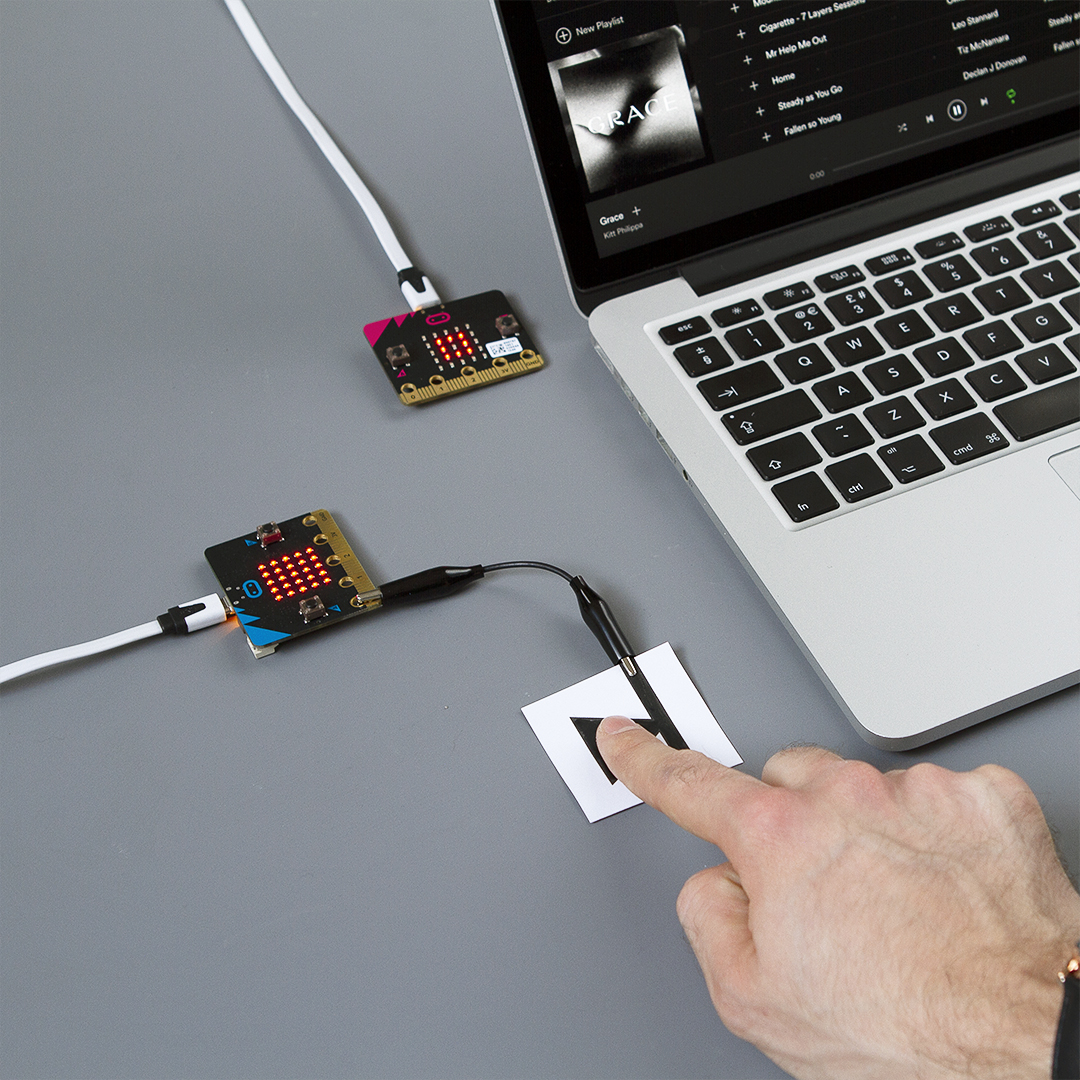

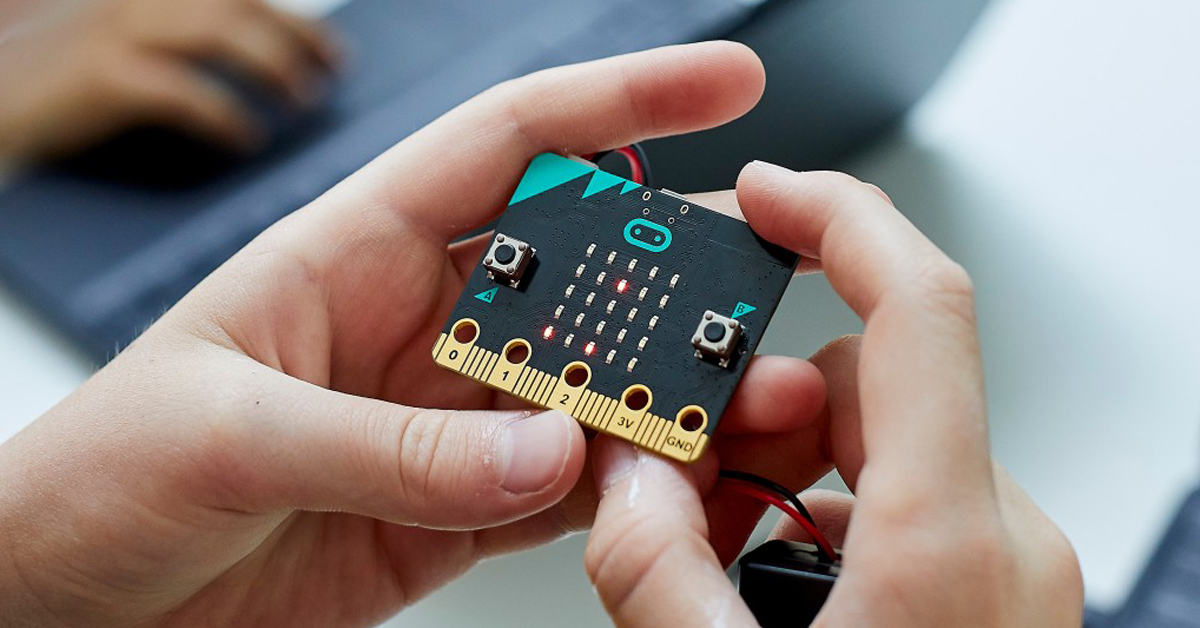
Make it feel real
Since coding is taken care of almost exclusively on computers, turning code into something that kids can see and interact with can make it easier to understand what makes it exciting.
Making coding tangible is essential for driving interest in students.
Making coding tangible is essential for driving interest in students who might not be as keen on learning to program initially. Showing how you can make fun things or express an element of their personality can be powerful things for young students to grasp.
There are many kids coding kits and other interactive educational products, such as Bare Conductive or BBC micro:bit, which turn programming language into movement, lights and sounds.

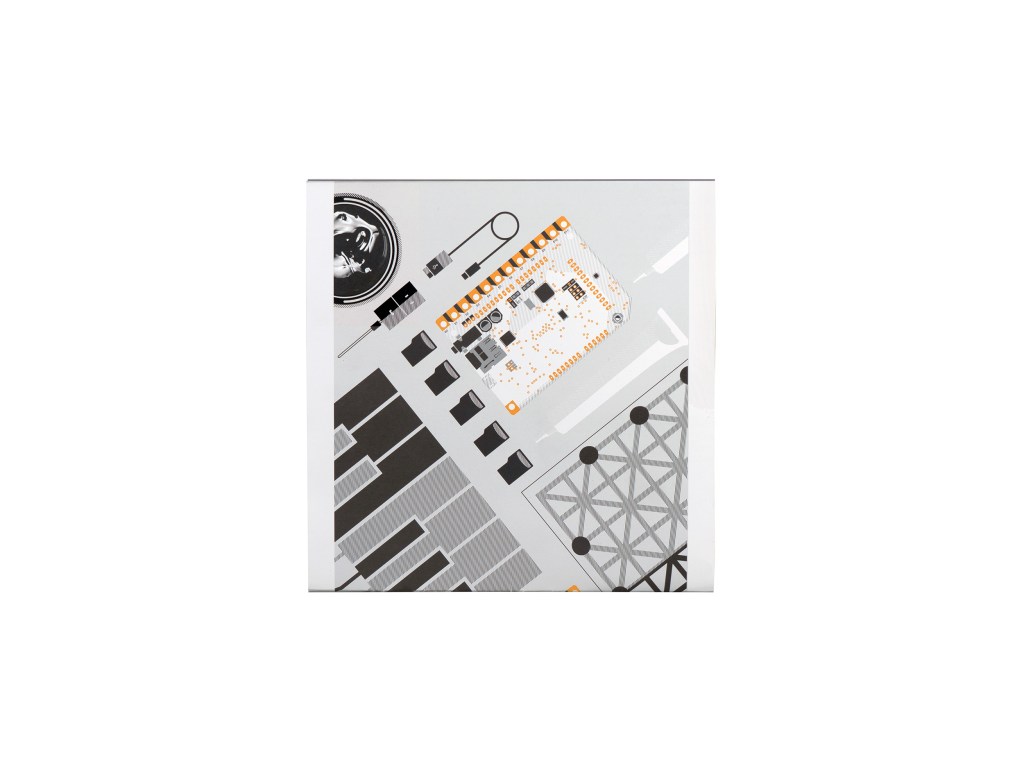
Bare Conductive Interactive Workshop Pack
What are the best resources for teaching coding?
Great teaching can often be supported and supplemented by great resources. They can enable you to get a better understanding of the required material and assist students by sparking their imagination.
Online resources
You can find plenty of useful and accurate free online coding resources that can support you as a teacher, such as taking on a CodeAcademy course. There are also paid resources and toolkits which you can engage with if your school has the funding to support these. Teach Computing can be a useful route to consider if you would prefer more formal computing courses for teaching primary programming.
Before getting started with classes, make sure you have a good grip on the coding material in order to answer any unexpected questions which could crop up.
There are many different resources online, including tutorials and projects provided by OKdo to give you a range of ideas to start with. Running through the relevant tutorials from a company like micro:bit if you’re using their equipment will also help.
Coding kits for kids
Having the right equipment for teaching coding can make all the difference. You can browse our range of kids coding equipment which can be perfect for use in the classroom. We also offer a micro:bit club kit that can be a great starting point for after-school coding clubs.
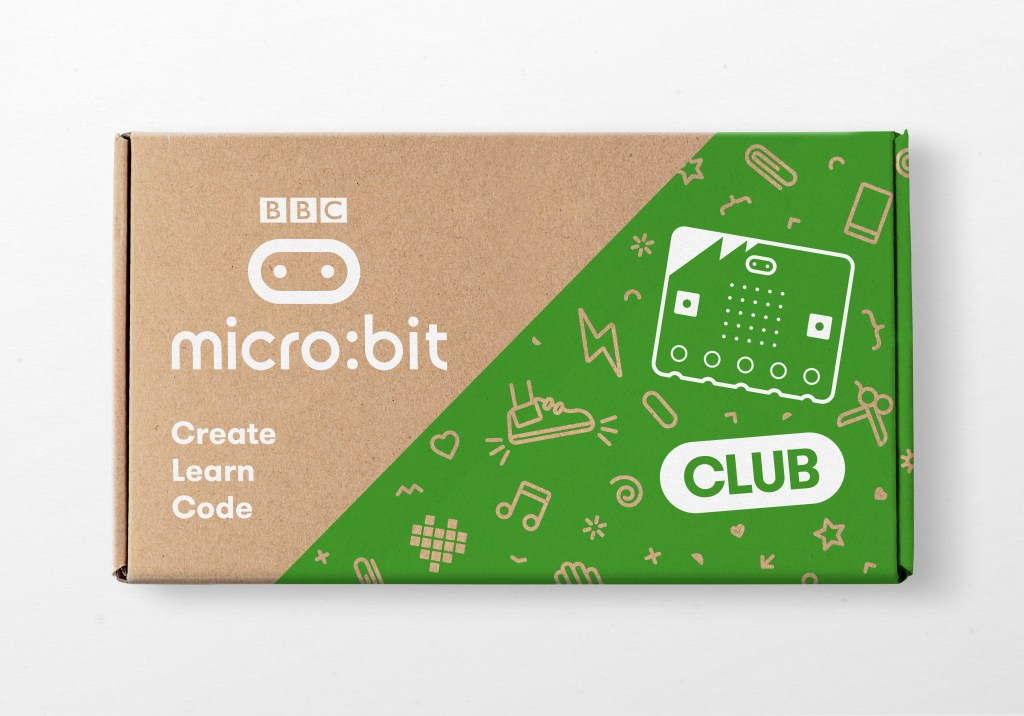
BBC micro:bit V2 Club – 10 Pack of Go Bundles
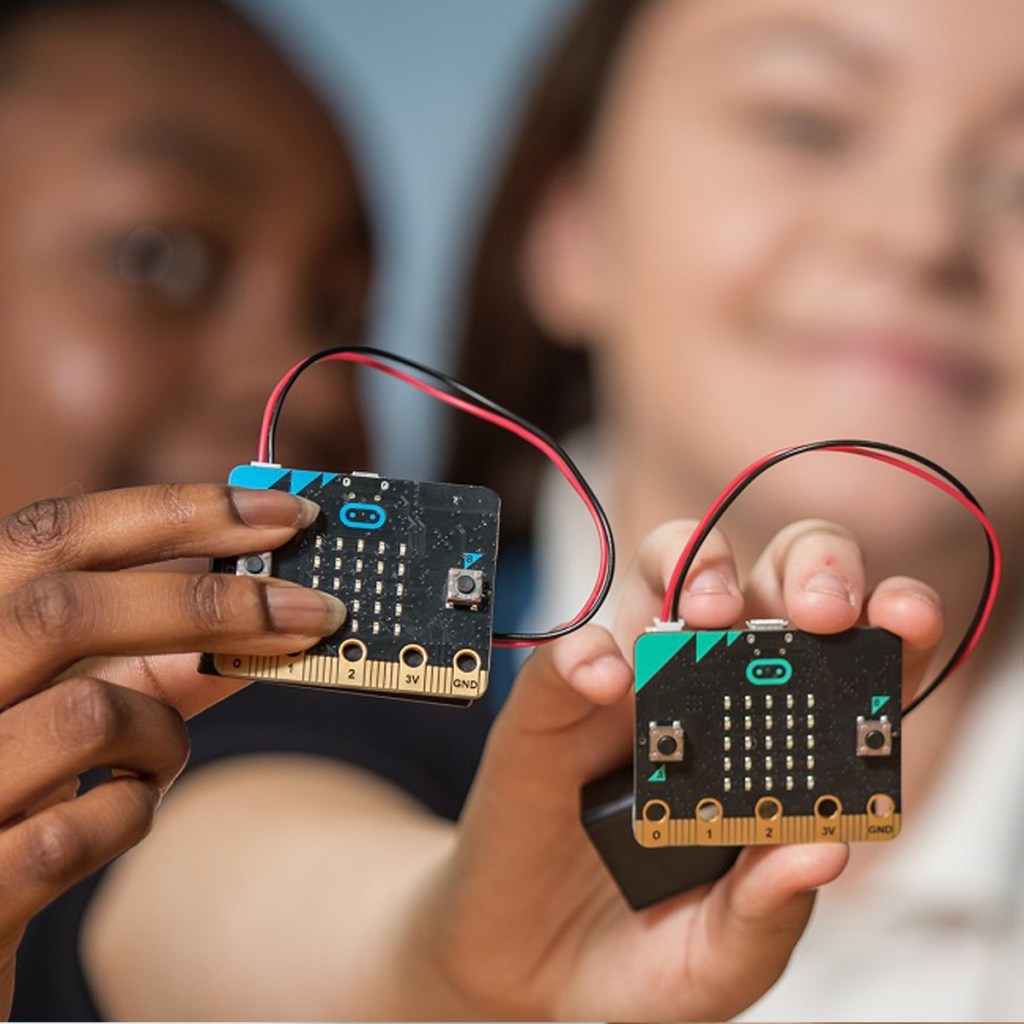
Many of the step-by-step project guides offered by the kids coding equipment companies are written in a way that children can follow them independently. By also having you on hand for any troubleshooting, they can find completing these simple coding kits themselves incredibly rewarding.
If you have some particularly gifted pupils or are trying to get older students into programming, you can find plenty of coding activities for high school students that require more detailed knowledge.
With more knowledge comes more possibilities, allowing kids and teenagers to use their creativity to its fullest potential.
Teaching kids to code with OKdo
We’re here to support teachers who want to bring coding to a new group of students. OKdo has plenty of coding equipment for kids and valuable resources you can use to create amazing projects together as a class.
If you’re in need of some advice around which products to buy or how much equipment you’d need for your class, you can contact us to get some assistance.


Let’s invent the future together
What’s your challenge? From augmented reality to machine learning and automation, send us your questions, problems or ideas… We have the solution to help you design the world.


